Photo
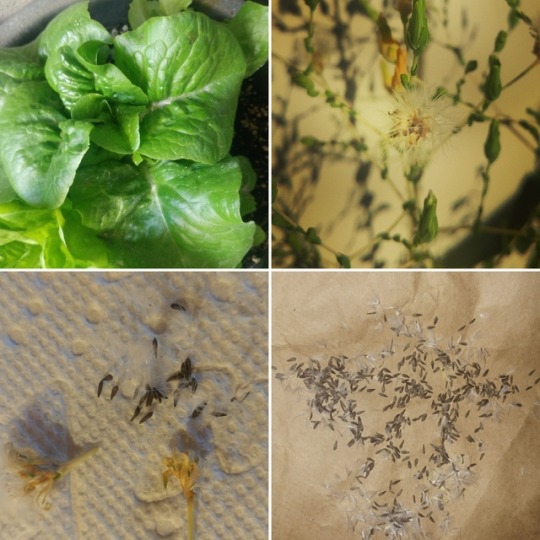
When it starts to warm up, usually over 75°F lettuce plants like to bolt aka go to flower. Once it bolts the lettuce is typically more bitter and tough and not so great to eat, often times people will pull it out and use the space to replant. If you let the lettuce do its thing you have a chance to collect seeds for your next growing season. It will bloom flowers that pollinators love and then just like a dandelion it will close up and reopen with the little white fuzzies. As soon as they do this it is time to collect! You will be amazed at how many seeds each flower head contains. I just snipped off every little flower head with the fuzzies and brought them in side to seperate. You'll want to make sure you spread them out and let then dry before long term storage. Store them in a cool dry place or in the freezer for a more extended "shelf life".
#container gardening#vegetable garden#organic#zone 8#save your seeds#lettuce#permaculture#homestead#grow food not lawns
35 notes
·
View notes
Photo
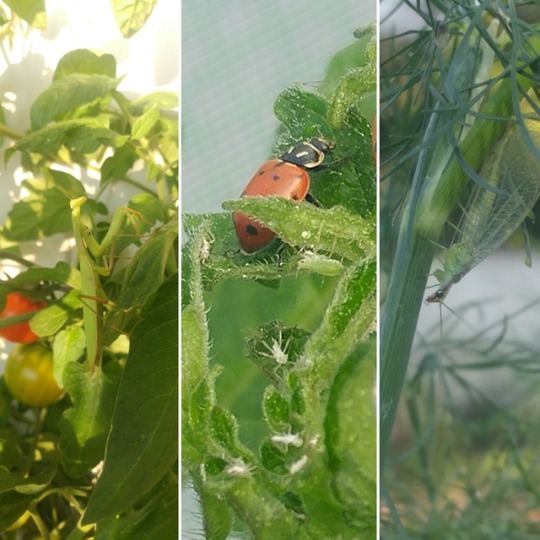
I wanted to highlight a few of the GOOD bugs you will hopefully see visit your garden. There are tons of bugs that are very helpful to your garden these are three of my favorites that I have been lucky enough to welcome to my own garden. All three have been vital in keeping the “bad” bugs at bay, they have been crucial players on my offensive team 😀. Diatemacious Earth can be harmful to some of these good bugs (especially pollinators) but if your using Neem Oil you can rest assured it will not harm these guys, Neem Oil dries on the leaves and kills/deters the bugs who are eating the leaves not the bugs who eat other bugs.
The European Mantis or Mantis religiosa is a large hemimetabolic insect in the family of the Mantidae (‘mantids’). Females prefer to deposit their eggs on solid substrates at warm and sunny sites. Most eggs from one ootheca hatch at the same time along the entire convex site as worm-like pre-larva . The hatchings always occur in the mornings. Mantids are a carnivorous ambush predator that actively scans its environment and feeds on most insects that are not too large to be captured by rapid extension of its raptorial legs. Only living and moving prey is captured and consumed immediately using their powerful mandibles. Grasshoppers seem to be rather popular, probably maybe because of their type of movement (flying or leaping) but crickets and cockroaches are also frequently preyed upon.
Ladybugs are a Coccinellidae, a widespread family of small beetles ranging from 0.8 to 18 mm (0.03 to 0.71 inches). Ladybugs are considered useful insects, because they prey on herbivorous homopterans such as aphids or scale insects, which are agricultural pests. Many coccinellids lay their eggs directly in aphid and scale insect colonies in order to ensure their larvae have an immediate food source.
Green lacewings are insects in the large family Chrysopidae. They are very common in North America and Europe. They are often simply called “lacewings”. Eggs are deposited at night, singly or in small groups; one female produces some 100–200 eggs. Eggs are placed on plants, usually where aphids are present nearby in numbers. Each egg is hung on a slender stalk about 1 cm long, usually on the underside of a leaf. Immediately after hatching, the larvae moult, then ascend the egg stalk to feed. They are voracious predators, attacking most insects of suitable size, especially soft-bodied ones (aphids, caterpillars and other insect larvae, insect eggs, and at high population densities also each other). depending on species and environmental conditions, some green lacewings will eat only about 150 prey items in their entire life, in other cases 100 aphids will be eaten in a single week.
#container gardening#vegetable garden#organic#zone 8#save your seeds#permaculture#homestead#grow food not lawns#praying mantis#ladybug#green lacewing
24 notes
·
View notes
Photo
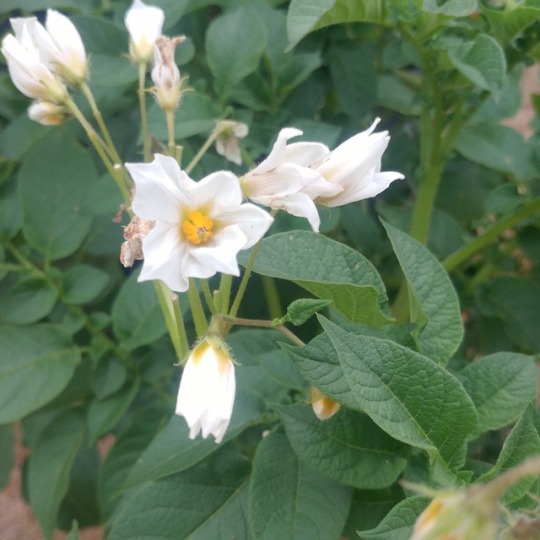
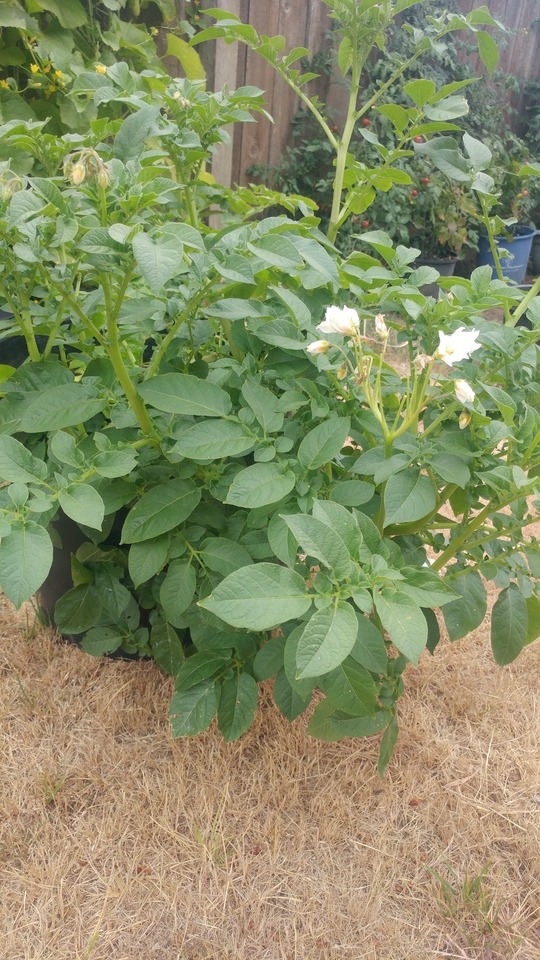
My Russet Potatoes started from potatoes left too long in the pantry. I mounded dirt over the plant as it grew until I reached the top of the pot. Now I will wait,until the plant starts to die, the leaves and flowers will turn brown, that's when it will be time to dig. Sometimes this can happen because of pests or disease, so its important to note the maturation of potatoes is 6-8 month, knowing this also helps dertimine when it is time dig. Another good time to dig is after your first freeze.
#russet potatoes#potato#potatoes#container gardening#vegetable garden#save your seeds#permaculture#zone 8#homestead#growfoodnotlawns
52 notes
·
View notes
Photo

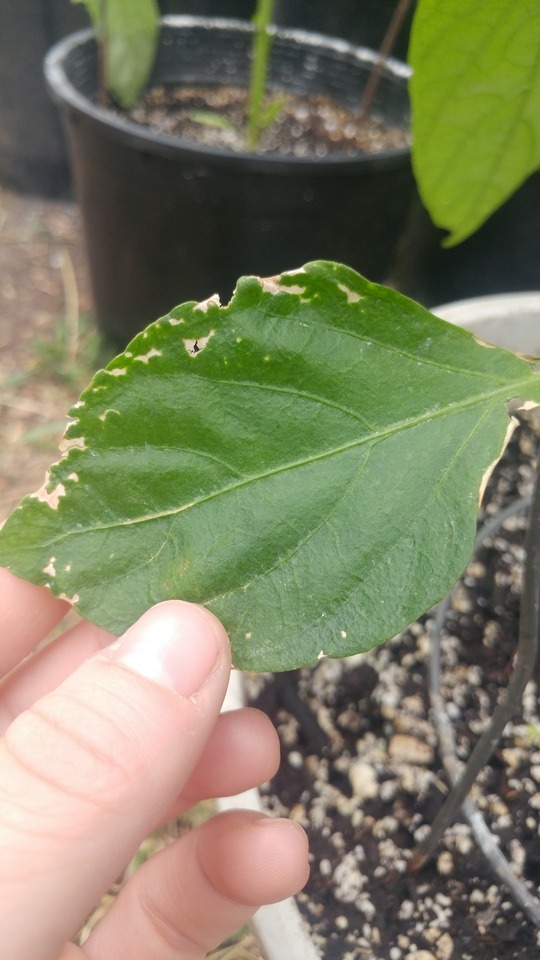
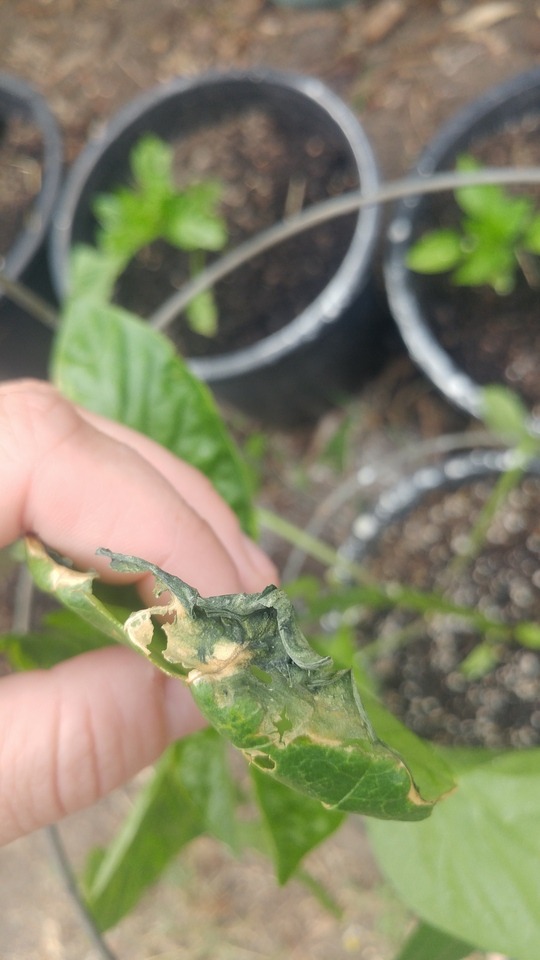
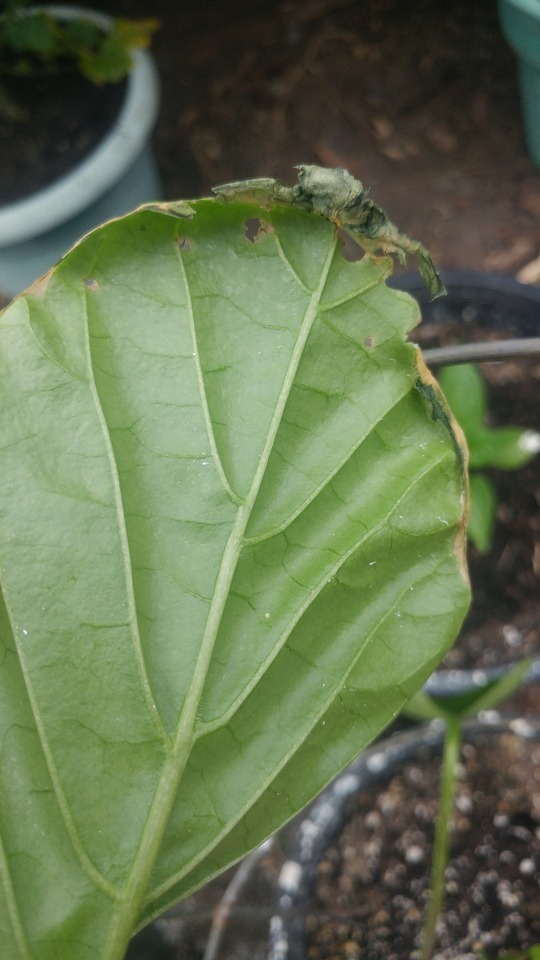

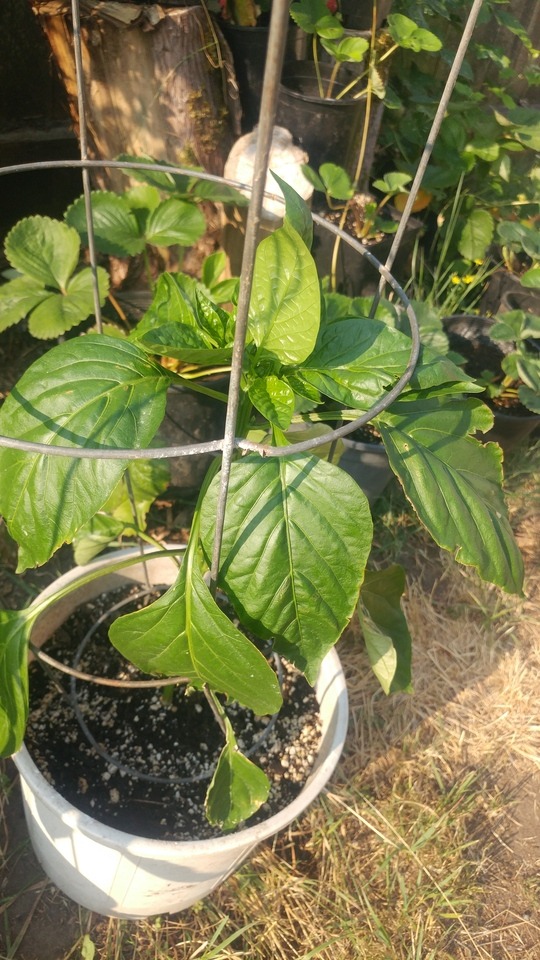

I had something plaguing my California Wonder Red Bell Pepper Plants, I wasnt sure if it was a fungus or a pest (I was leaning more toward pest after I found a small beetle of some sort residing under a leaf). Luckily there is this great organic product called Neem Oil. Neem Oil will treat for bugs and for fungus. It should be applied about once a week to once every two weeks however it is an oil so don't apply it when the plant is getting direct sun, or it will get sun scorched. Applying in the evening is best. My bell peppers are doing much better since their treatment last week , their leaves have really gotten much larger and I'm not seeing any damage to the new growth. I also use Diatemacious earth but find it not as effective because when the elements (water or wind) wash it off the plant it needs to be reapplied, also Diatemacious Earth will kill the bees and other pollinators and we don't want to do that.
#container gardening#vegetable garden#organic#zone 8#homestead#permaculture#save your seeds#grow food not lawns#bell pepper#neem oil
15 notes
·
View notes
Photo

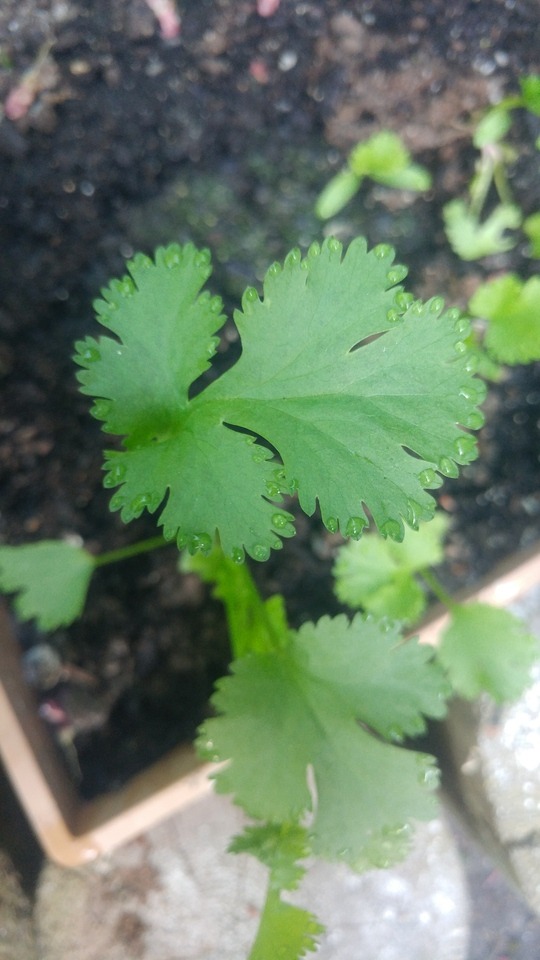
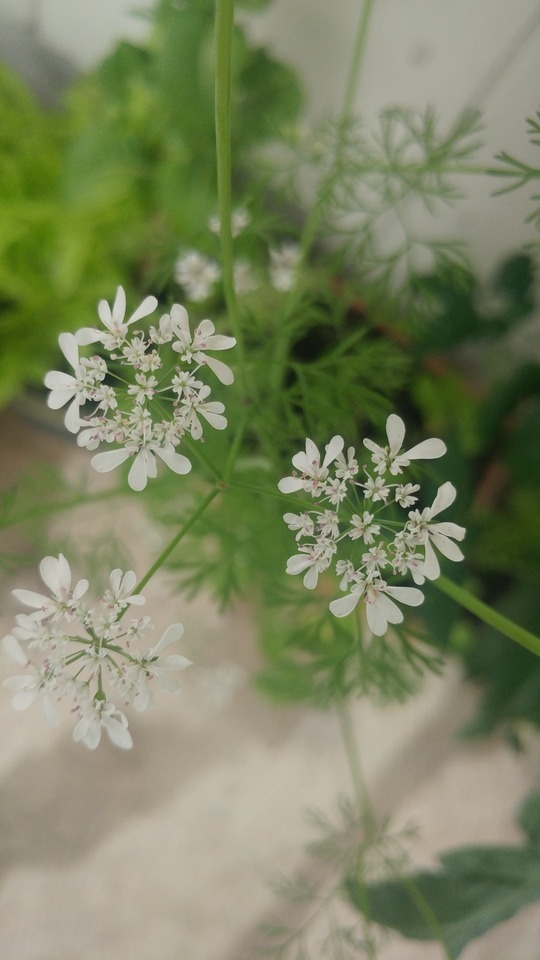
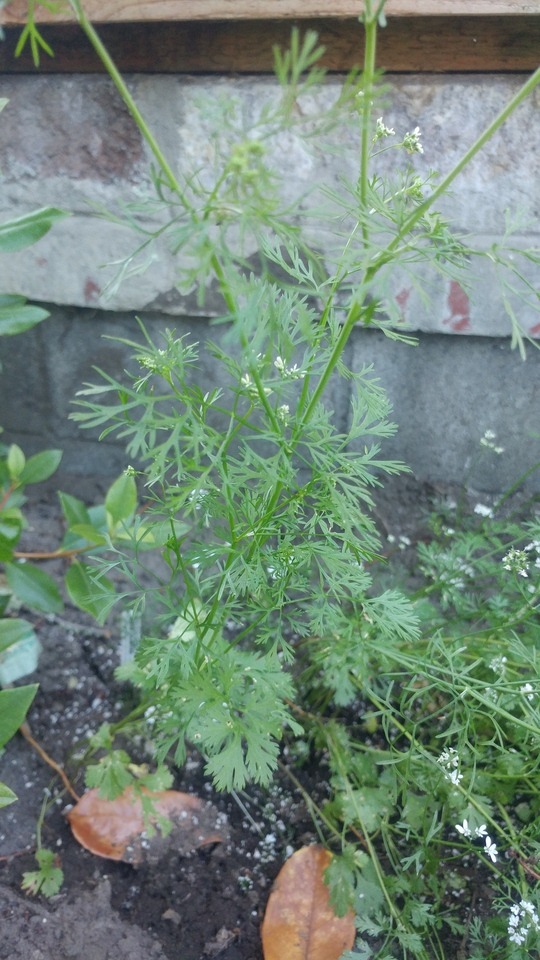
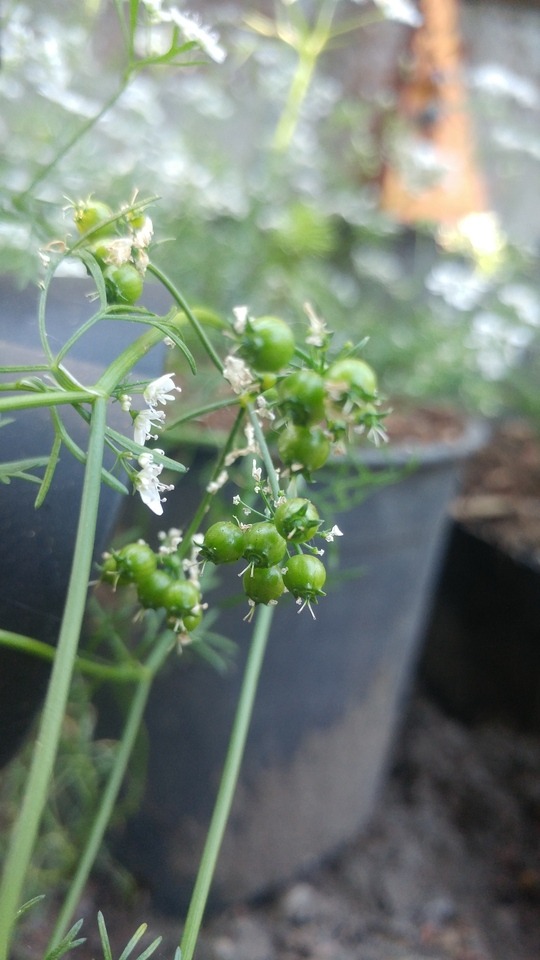
Cilantro is a great easy to care for herb to add to your garden. Like all herbs they thrive when they are picked regularly and they grow fast. Cilantro wants to bolt after temperatures reach 75°+ (fahrenheit), never fear, because after going to flower they then become Coriander seed which is a common kitchen spice. Collect and store them for cooking or you can let the plant reseed itself, it will continue to come back as long as the conditions are right!
#container gardening#vegetable garden#organic#zone 8#save your seeds#permaculture#homestead#grow food not lawns#cilantro#coriander#Santos cilantro
140 notes
·
View notes
Photo
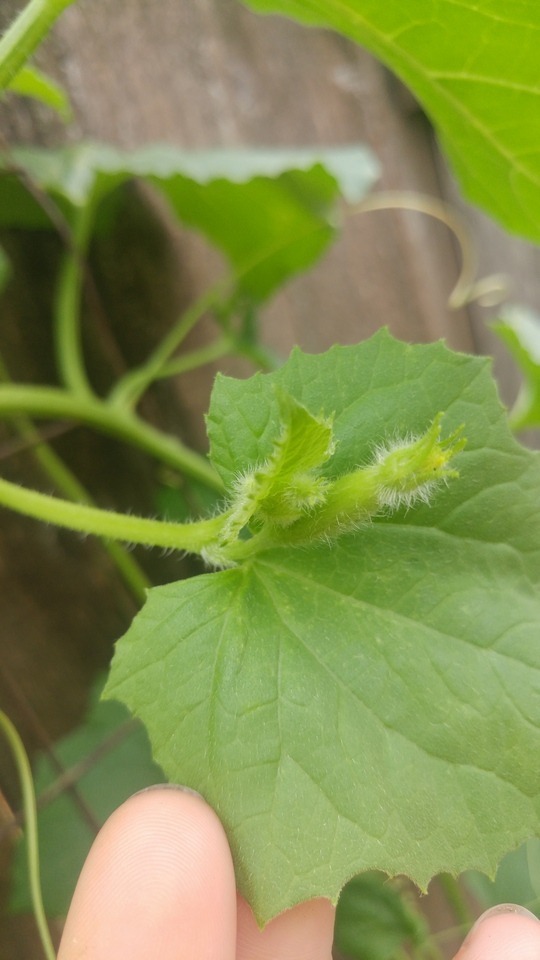
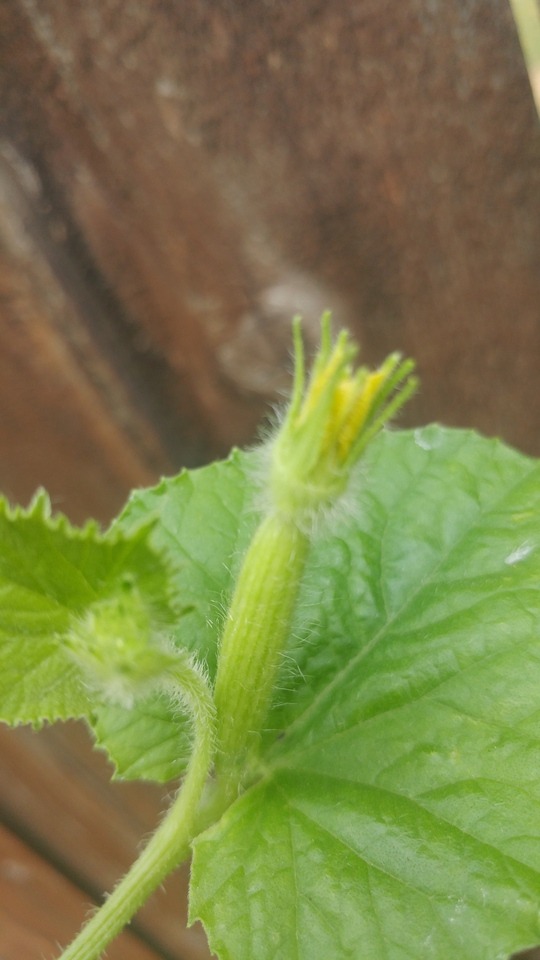

Male blooms vs. female blooms on the Armenian Cucumber plants. You can see the female bloom has a cucumber like bulb at its base, this will be the part that turns into the fruit. Like all squash and melon plants they require pollinators to transfer the pollen from the stamen of male flower to the pistil of the female flower. In it's adolescent phase the cucumber plant often produce a bunch of male flowers with little to no female flowers, this is completely normal so focus on it's leaves and watching to make sure they are a healthy green color with no signs of pests or fungus. Eventually the plant will balance out with male and female blooms.
#Armenian Cucumber#cucumber#container gardening#vegetable garden#homesteading#permaculture#save your seeds#zone 8#organic#grow food not lawns
27 notes
·
View notes
Photo
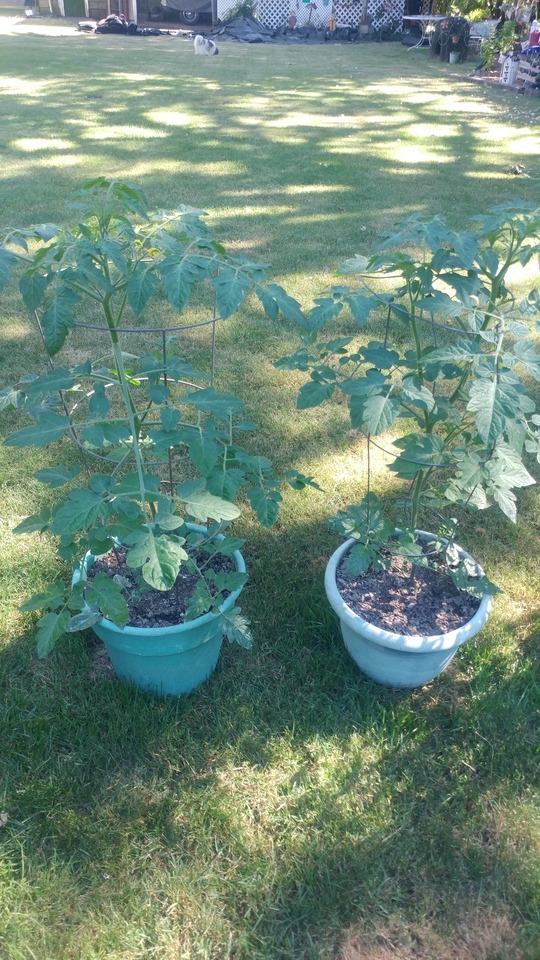
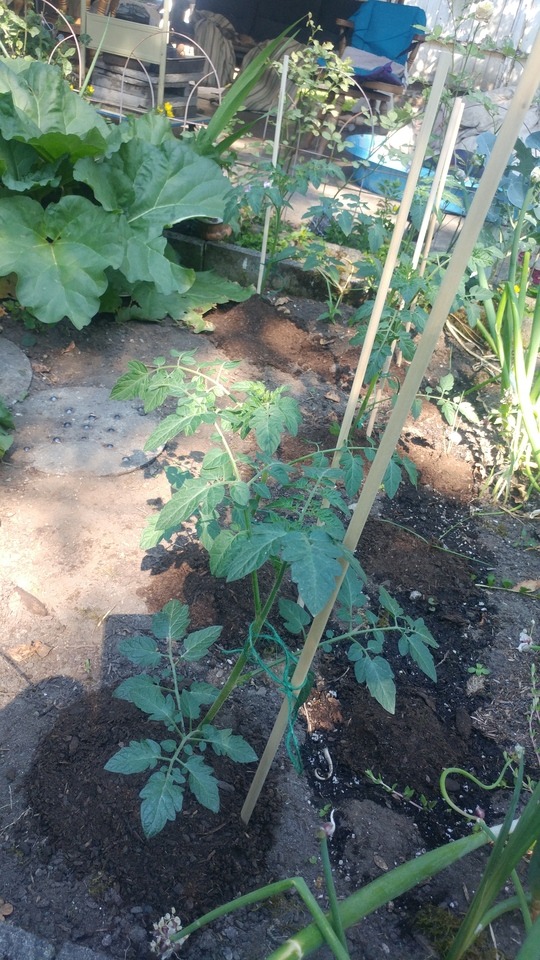
My Sweet Million Tomato clones are thriving! So exciting to start with 2 plants and end up with 10! See my earlier post about how to collect suckers from your tomato plants to more than double your crop, no need to buy seeds or starts when you can do it for free yourself!
#container gardening#vegetable garden#zone 8#organic#permaculture#homesteading#save your seeds#grow food not lawns
19 notes
·
View notes
Photo
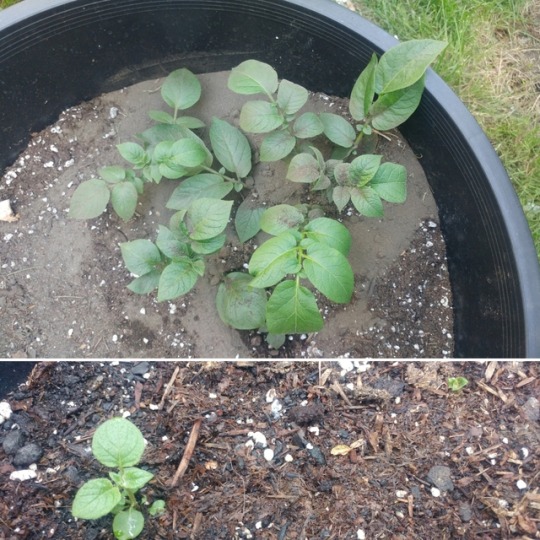

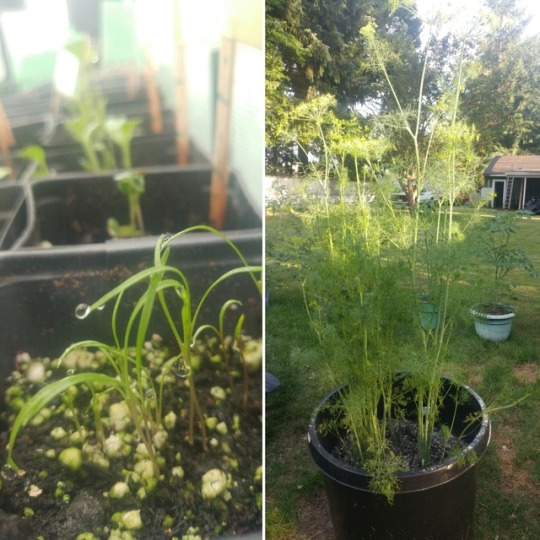
Some now and thens of a couple of my crops, now pictures take July 7th. Then pictures: Russet Potatoes- June 7th Brussle Sprout- May 27th Bouquet Dill- May 03rd The potatoes I started with Russets left too long from the grocery store and they seem to be doing really well. I am battling Cabbage White Butterfly larave aka caterpillars on my Brussle sprout, I've been able to keep them from completely destroying my crop but the damage is constant and I hope I can at least keep them at bay long enough to get a harvest. My dill has quite an ecosystem happening on it and I've decided not to fight it and let nature do its thing, its been pretty interesting watching the cycle of carnivorous bugs visit to feast on the aphids and caterpillars. My good bugs have included spiders, lady bugs and lacewings!
#container gardening#vegetable garden#organic#zone 8#permaculture#homesteading#save your seeds#grow food not lawns#Brussle sprout#bouquet dill#potato
7 notes
·
View notes
Photo

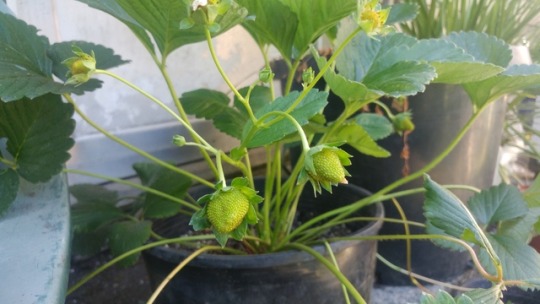
Successfully rooted daughter plants from my Strawberries, I now have 8 new plants for a total of 12 all together, my "mother plants are still producing fruit! It is rewarding to more than double your crop with out being a victim of the dollar.
#strawberry#daughter plants#container gardening#vegetable garden#permaculture#organic#save your seeds#zone 8#homesteading#grow food not lawns
13 notes
·
View notes
Photo
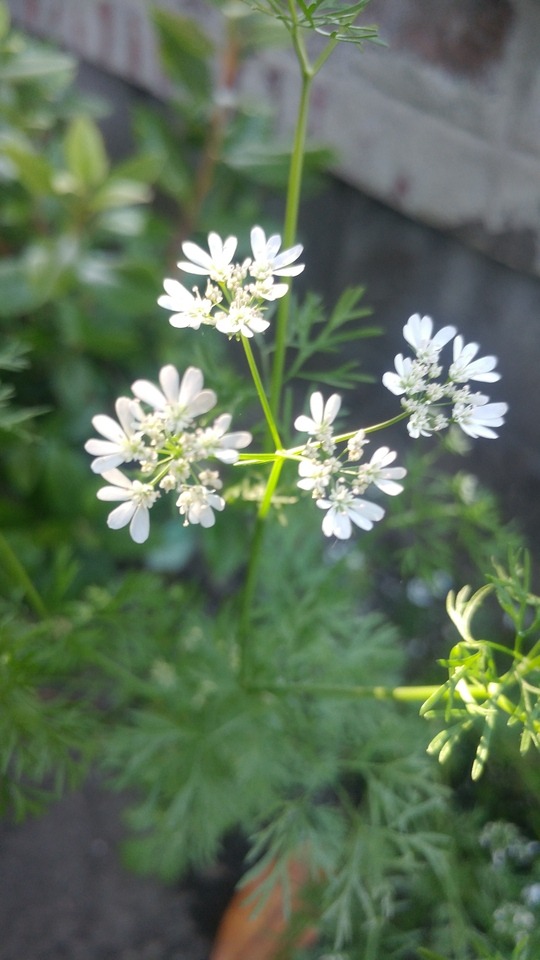
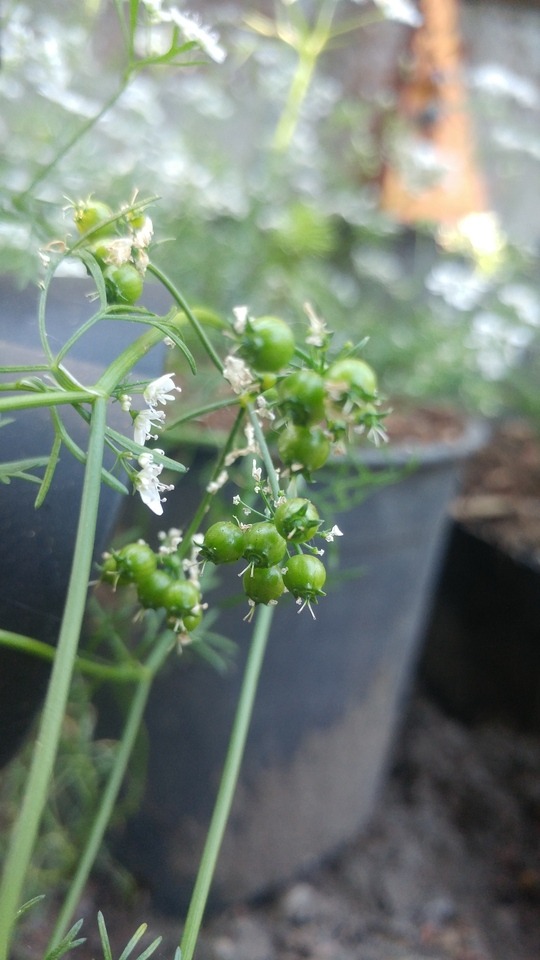
After your Cilantro bolts and flowers, you can let it re-seed itself and come back next year, or you can save the Coriander seeds and use it as spice in the kitchen. Plants are amazing.
#container gardening#vegetable garden#permaculture#homesteading#save your seeds#grow food not lawns#organic#zone 8#cilantro#coriander#Santos cilantro
29 notes
·
View notes
Photo
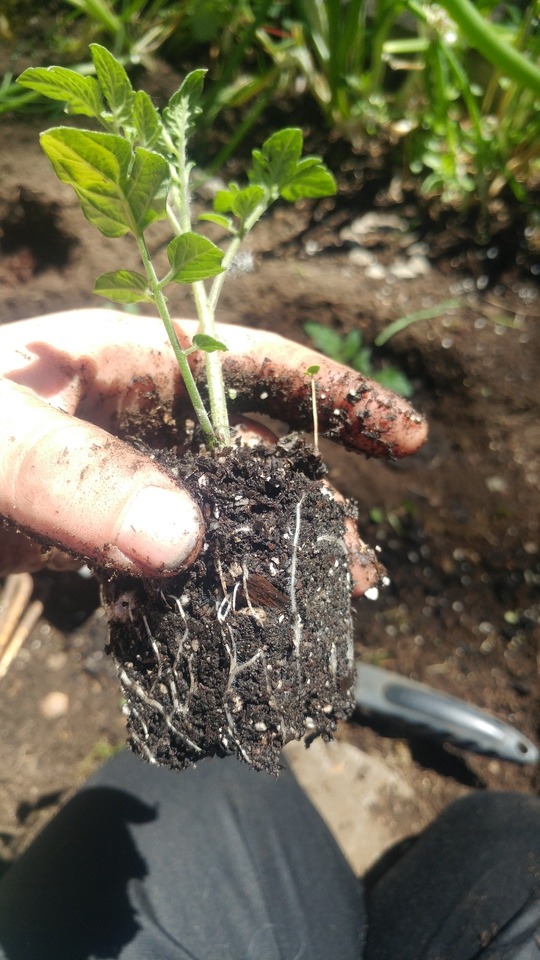
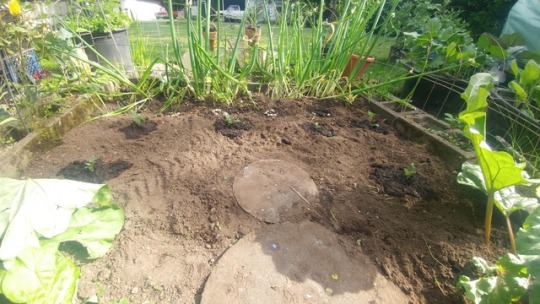

Remember those tomato suckers I pulled off of my mature Sweet Million plant? Well they successfully root and I ended up with 11 more plants! I gave 3 away and today I put my two larger ones into containers and my 6 smaller into the ground. I have never grown tomatoes in the ground so it will be interesting to see how they turn out! I never found them wilty in the process of rooting them and I was happy to find lots of healthy roots on all of them.
#sweet million tomatoes#container gardening#vegetable garden#organic#zone8#permaculture#homesteading#save your seeds#grow food not lawns#clone#suckers#tomato
11 notes
·
View notes
Photo
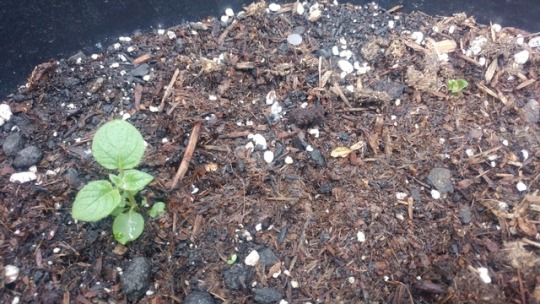
Remember those seed potatoes I planted back at the beginning of May? So far two have sprouted! As they grow i will “hill” them by adding dirt to the container. Excited to see how it goes!
#russet potatoes#container garden#vegetable garden#homesteading#permaculture#save your seeds#grow food not lawns#zone8a#organic
2 notes
·
View notes
Photo

Today I set up some pots with dry soil in it to attempt to let some of my strawberry runners root. If they were in the ground they would spread like a ground cover would. Once it has roots the "daughter" plant can be cut from the "mother" plant giving you an entirely new plant. The white powder you see is diatemacious earth, an organic insecticide that works really well. I want to keep ants and other bugs off of my ripening strawberries.
#strawberies#runners#containergarden#vegetable garden#organic#zone8#permaculture#homesteading#grow food not lawns#save your seeds
8 notes
·
View notes
Photo
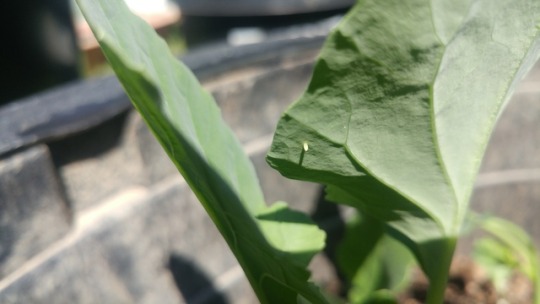


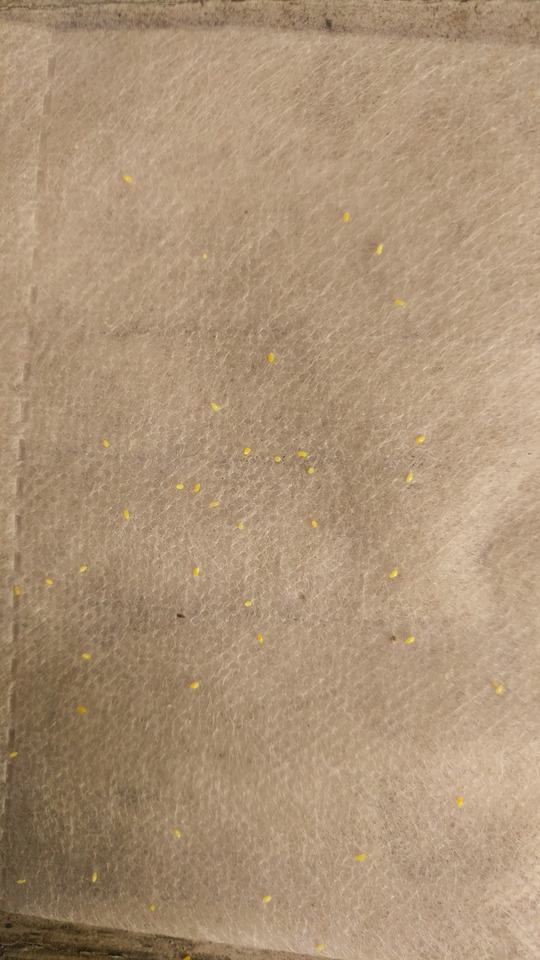
Remember that Cabbage White butterfly I told you about? After seeing them visiting my container garden I started checking for eggs. Today I removed by hand roughly 100 eggs from my 3 cabbage crops. I used tweezers and just gently scooped the eggs off of each leaf being careful not to drop them back into the container.
#containergarden#vegetable garden#organic#zone8#grow food not lawns#permaculture#homesteading#cabbage white#butterfly#eggs#caterpillar
8 notes
·
View notes
Photo

*Update* My Long Island Brussle Sprout is thriving! It's amazing what a little sun will do. Brussle Sprout is a type of brassicaceae, a part of the cabbage family, so they like cool weather and are heavy feeders! These guys are planted with horse manure compost and once a month are watered with an Epsom salt mix, I put one table spoon of Epsom salt into one gallon water. The magnesium helps the plant to absorb nutrients from the soil.
7 notes
·
View notes
Photo
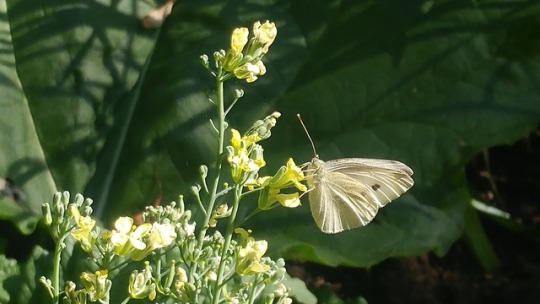
The Pieris rapae or Cabbage White butterfly is native to North America and range all the way from Canada to Central America. It is a pollinator, so that's good but it lays its eggs on Brassicaceae plants (broccoli, Brussle sprout, cabbage...) So that's bad. Either plant enough for people and caterpillars to enjoy or you can net your plants or with a small enough crop monitor it and remove eggs or caterpillars found on the underside of the leaves of your plant.
#container gardening#vegetable garden#zone8a#organic#save your seeds#grow food not lawns#permaculture#homesteading#pieris rapae#cabbage white#butterfly
11 notes
·
View notes
Photo
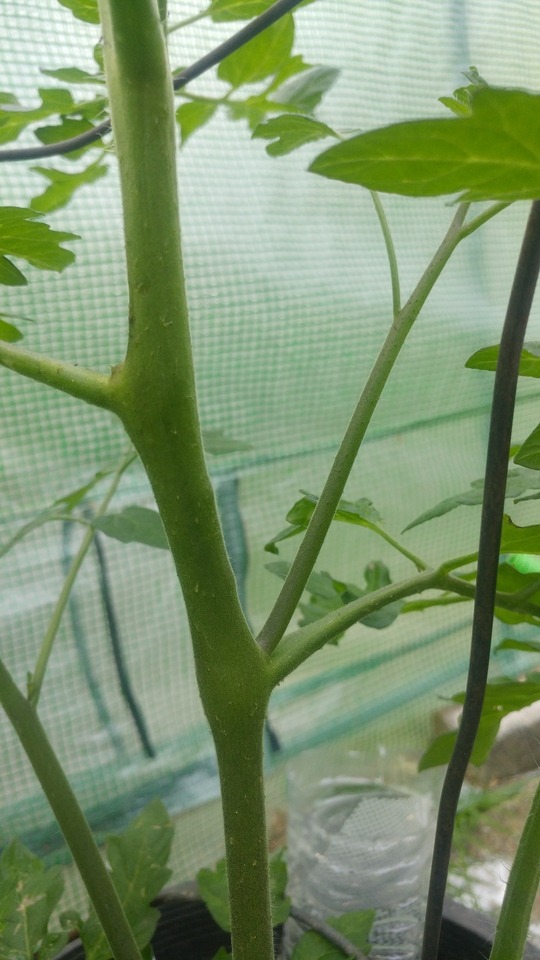
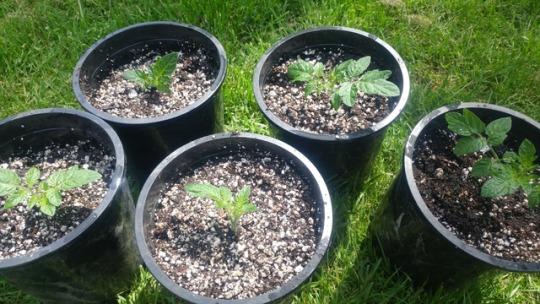
Attempting to grow new plants from suckers off of my mature Sweet Million tomatoes. The Sucker is the part if the plant that will sprout in the crook of an existing branch and the main stem of the plant. I have read you can either put them in water to root them or into moist soil. I decided to try moist soil. This works best with indeterminate plants, removing suckers from determinate plants can reduce yield on the original plant and likely won't produce much fruit from the new plant. Remove the leaves from the bottom two inches of the sucker before puting into your water or moist soil (2 inches deep). Fingers crossed, we will see how it goes.
#containergarden#vegetable garden#zone8a#organic#save your seeds#permaculture#grow food not lawns#homesteading#sweet million tomatoes#suckers
10 notes
·
View notes